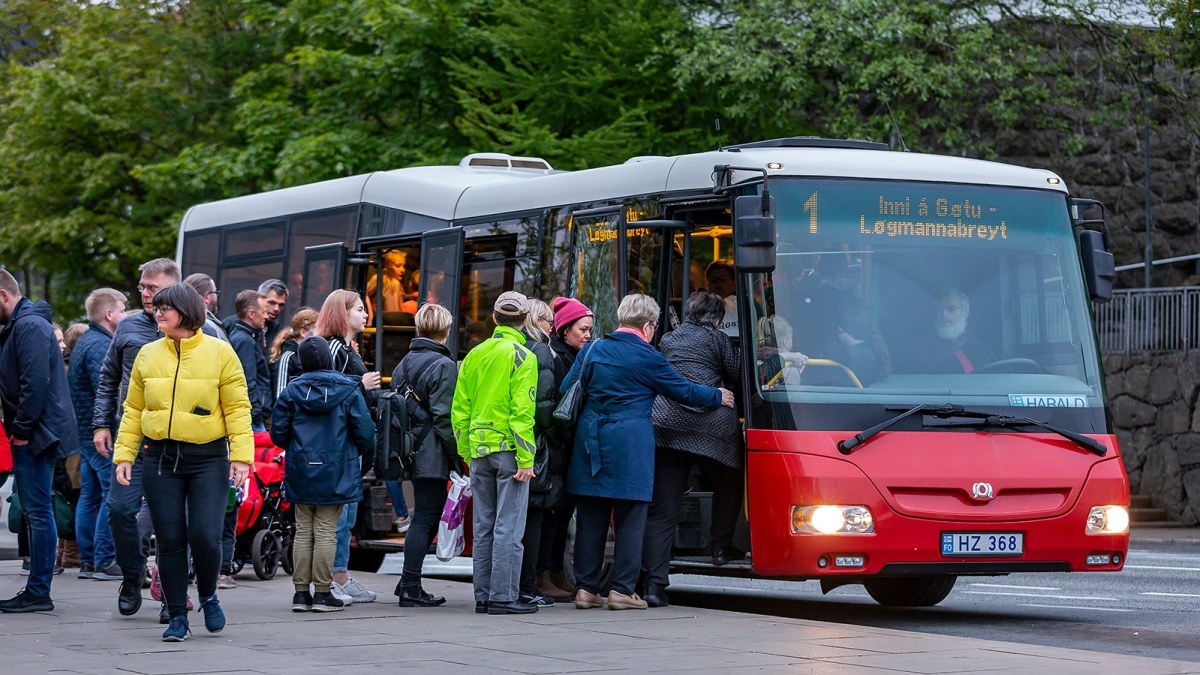Heimloysi
02. Mar 2023
Homeless shelters operate at full capacity

Homelessness as a concept
There is no universal statistical definition and classification of homelessness.
Statistics Faroe Islands has decided to use the classification system made by the European Federation of National Organisations Working with the Homeless (FEANTESA), an independent organisation backed by the European Commission.
Published in 2005, the system is known as “European Typology of Homelessness and housing exclusion”, abbreviated as ETHOS. The system aims to raise awareness of homelessness in Europe and create shared conceptions of homelessness across borders.
ETHOS classifies homelessness into different categories and is designed for statistical analysis of homelessness.
Many European research institutions use the ETHOS system. The Danish Centre for Social Science Research, for example, uses the system to study homelessness in Denmark.
There are two editions of the ETHOS system, one for research purposes and the other for statistical purposes. Statistics Faroe Islands uses the latter, known as “A Harmonised Definition of Homelessness for Statistical Purposes”. Read more about it here and here.
Statistics Faroe Islands now compiles figures for the following sub-categories of homelessness: ‘2.2 Overnight shelter' and ‘3.3 Homeless hostel’. Other categories of homelessness will not be covered in this report.
The overnight shelter provides emergency accommodation to people of no fixed address who move between temporary homes.
A homeless hostel is for homeless people and is intended as temporary accommodation only.
The homeless hostel in Tórshavn functions both as an overnight shelter and a regular homeless hostel. It is the national centre for overnight shelters. The homeless hostel in Tórshavn and Gloria in Klaksvík are the national centres for homeless people in homeless hostels.
The latest figures are from January 2022 onwards. Quarterly reports will follow.
Homeless shelters reach capacity
In 2022, all 26 homeless hostel rooms were occupied almost every day throughout the year. A new room was added in January this year, bringing the total up to 27. The figures also show that there has been practically no occupant turnover in the past year.
[px-graph-1]
The figures show that the rooms were occupied practically every day last year, bringing the occupancy rate to 100%. In other words, there are no more rooms for homeless people at the homeless hostel. There are currently a total of 27 rooms.
[px-graph-2]
Lower overnight shelter occupancy rate in summer
Tórshavn’s homeless hostel also functions as an overnight shelter and has two rooms dedicated to this purpose.
The graphs below show notable fluctuations in the monthly number of overnight stays and the occupancy rate.
In January this year, there were 16 overnight stays at the overnight shelter. For comparison, the figure for January 2022 was 48.
[px-graph-4]
Some months last year, the occupancy rate at the overnight shelter exceeded 100%, meaning there were more people than rooms. Extra mattresses are brought out in such periods. The occupancy rate went down considerably during the summer months.
[px-graph-5]
The overnight shelter has a higher occupant turnover than the homeless hostel. The overnight shelter has an average of between 2 and 8 check-ins per month. A check-in can last more than one night.